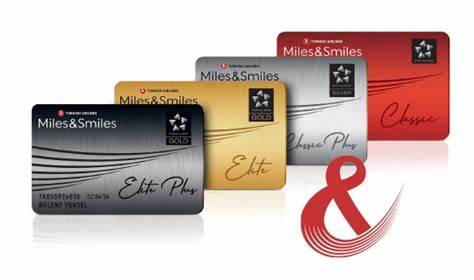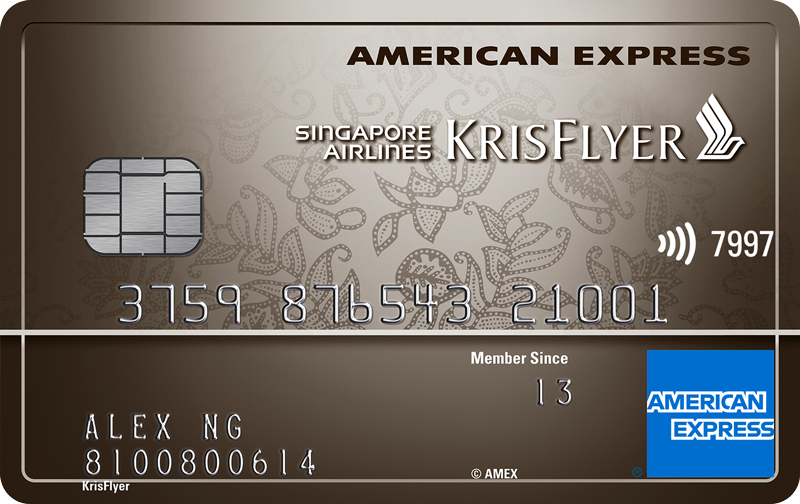By Bikram Vohra

There was a time not so long ago when Air India’s loyalty program was largely redundant. The quality of service was enough to promote its unique loyalty.
People expect the same level of service and style that marked the Maharajah experience in the seventies with the seal of the Tata symbol ensuring excellence.
Now that Tata is again in the left bucket people expect the airline to aspire way beyond its current means. Tatas have been given back an airline mangled and bullied by successive government administrations ever since Prime Minister Morarji Desai rudely and arbitrarily snatched the carrier from the JRD Tata stable and commanded Air Chief Marshal PC Lal to take over the airline in Feb 1978. It was truly a bit nasty and the only good part was the Air Chief Marshal asking JRD over the phone from Kolkata if he gave his ok for this handing over of the baton.
JRD’s reply was a classic. ” I don’t have to like it, but he is the Prime Minister and his orders must be obeyed.”
There is presently an impatience in the public for a return to that erstwhile grandeur, but just re-inheriting a carrier is not enough. With tired aircraft, a weary and jaded crew and dispirited staff it is not easy to raise the standard overnight.

Consequently, the spate of complaints of the poor state of aircraft, broken IFE systems, tattered upholstery, toilets that do not work and a relatively sullen onboard crew may underscore the period of transition in the realm of a passenger experience. But it is not permanent. The Tata Group has placed orders for 470 aircraft from Airbus and Boeing at a $70 billion cost. These stretch to 210 A320neo family, 40 A350, 190 737 MAX for Air India Express, 20 787-9 and 10 777-9 aircraft. The carrier will receive a fleet of five widebody A350 aircraft by June this year, and it will also receive 17 A320 and 46 B737 jets through the rest of 2024 as per the schedule.
So while it takes the criticism currently being flung at it on the chin and cannot do much more than just soldier on through the transition period into a brighter future. The grand irony lies in the fact that its four-tier loyalty program is pretty attractive and slick. This only makes the gap between the questionable levels of service and the promise that much wider. That this promise will see fruition with the new aircraft inducted and, hopefully, a fresh surge of pride in being an Air Indian is pretty much a given even though it will take time. The recent strikes and mass leaves and the subsequent delays and cancellations have further marred the residual affection for one’s own carrier.
But with low-cost airlines that compete now entering the realm of gouging for every service almost to the point of charging for using onboard toilets a full-service airline becomes wonderfully attractive and competitive. This is when the loyalty program and its tangible offers for practically the same price when you include add-ons by the so-called low-cost carriers will kick in big time. Low costs paid the bill at their own peril and the deceit will rebound.

One of the factors that will kick in and have an impact that we may not be seeing at the moment is that of loyalty programs. Low-cost airlines by virtue of their controlled overheads don’t have any such attraction and if they continue to add on every service it won’t be long before even the average passenger realizes that it is better to take a full-service carrier and enjoy the amenities.
As I write, this Air India and Emirates from Dubai to Delhi return are offering around the same price as Indigo. The comparison falls in favour of the full-service airlines when Indigo starts charging you for seats, priority check-in and first-instance baggage unification at arrivals. And this is where loyalty programs come into their own.

The concept of such loyalty programs in the airline industry has a long history, dating back to the 1970s when American Airlines launched the AAdvantage program, considered to be the first modern frequent flyer program. Since then, many airlines have developed their own loyalty programs to reward their frequent flyers. Some of the better-known have had decent staying power. American Airlines has the Advantage Program:
As one of the pioneers in loyalty programs, AAdvantage offers various benefits to its members, such as earning miles through flights, credit card purchases, and partner activities. Members can redeem these miles for flights, upgrades, and other rewards.
United Airlines has a similar MileagePlus Program which offers a wide range of benefits, including earning miles through flights, co-branded credit cards, and partner activities. Members can use these miles for flights, upgrades, and more.
Delta Air Lines goes a step further with its SkyMiles Program. It has the unique advantage of allowing members to earn and redeem miles not only on Delta flights but also on partner airlines.
British Airway Executive Club offers Avios points to its members, which can be earned through flights, credit card purchases, and partner activities. Members can redeem Avios for flights, upgrades, and more.
Lufthansa has a generous Miles & More program, arguably one of the largest loyalty offers in Europe, offering members the opportunity to earn and redeem miles on Lufthansa and its partner airlines. Benefits include flights, upgrades, and other rewards.
The Qantas Frequent Flyer offer is popular among Australian travellers, offering members the chance to earn Qantas Points through flights, credit card spending, and partner activities. These points can be used for flights, upgrades, and more.
Emirates’ loyalty program rewards members with Skywards Miles that can be earned through flights, hotel stays, car rentals, and more. Members can redeem their miles for flights, upgrades, and other benefits.
Another popular draw comes from Singapore Airlines’ KrisFlyer program. It is truly well-regarded for its extensive network of airline partners, allowing members to earn and redeem miles across multiple carriers. KrisFlyer miles can be used for flights, upgrades, and other rewards.

The Air India offers are dispatched through its Flying Returns and its efforts to stay in touch and pass on the message through repetitive contact are not only pleasant but have a feel-good texture to them.
The Red, Silver, Gold and Platinum categories each offer passengers an edge that extends to Non-Airline Partners as well as Star Alliance Flights. That even Y-class travellers are given attention is a good move. There is a major psychological edge to the comfort zone when the flying experience has a personalized comfort zone to it. Jump the queue elements are high on the list and coddling the priority passenger with a premium service is integral to the service. One of the more attractive features is the permission to change a flight as many as twice without an extra charge so far as it is 24 hours before take-off. This capability definitely allows for a lot more flexibility in creating one’s itinerary. Although the complimentary seat offers might not set any river on fire as well as the extra baggage allowances, the option of upgrade vouchers on domestic flights can be quite a lure. The rest of the stuff is pretty standard with lounge facilities, priority boarding, escort from first class or business class lounge to the aircraft and the little bit of soft soaping that comes with the privilege of paying so much more.
Bikram Vohra is the Consulting Editor of Indian Aerospace & Defence.





